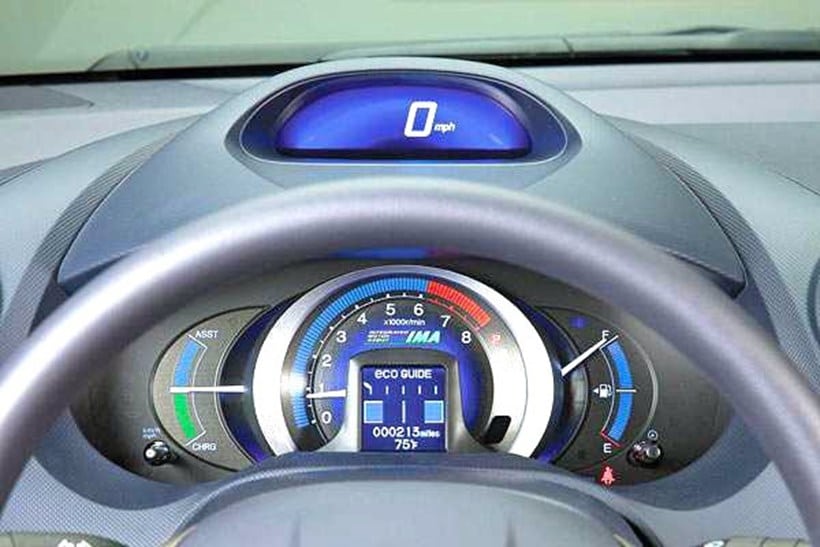
Whether you drive a V8 Landcruiser or a Mitsubishi Colt, the importance of fuel economy remains the same. It saves you money.
So, how do you find these figures we’re all trying to improve on?
Most modern vehicles now have a digital fuel consumption readout that displays kilometres per litre. For vehicles without this technology, it can be a simple calculation that might dish you up some interesting numbers.
First, fill the fuel tank of your vehicle. Zero the odometer trip display and start driving. Make it a mix of town and highway as a combination will give a good general consumption figure.
Drive as you would under normal conditions. You’re not taking part in a fuel economy rally where the lowest figure wins, and in which you dawdle along with no radio and the A/C switched off.
Don’t believe that your going to achieve the fuel consumption figures as provided when new, because they are in very different circumstances to your everyday circumstances.
Formulae used for conversion and calculation of fuel consumption:
●Divide the distance by the litres used to get the km/litre.
●Convert the km/litre to L/100 km i.e., divide 100 by km/litre.
●If you use the imperial system, convert km/litre to miles per gallon by multiplying km/litre by 2.825.
Not impressed with the numbers? Here are a few simple ways you can reduce your fuel bills and get a some extra kilometres out of a tank.
Love your car
A little love goes a long way.
Giving your car a wash and wax will help it glide through the air, as does removing unused roof racks. Regular servicing, the right tyres for the conditions, correct tyre pressure and wheel alignment all contribute to fuel savings. A well-maintained car can use 10 to 20 per cent less fuel than an inadequately maintained one.
Don’t speed
Driving faster doesn’t always mean you’ll get there faster, plus by going at 100km/h instead of 110km/h you can cut about 13 per cent off your fuel bill. Speeding also increases the chances of injury in an accident.
Drive smoothly
Lay off the pedals when driving around town. Accelerate smoothly and slowly away from green lights and stop gradually for red lights. Change gear early (but don’t labour the engine).
If you drive an automatic, allow the transmission to change up early by accelerating on a light throttle. Don’t accelerate hard from rest, but let the car move off gently.
Don’t brake hard for corners and accelerate out (this is not a race track). Slow down gently, avoid harsh braking, negotiate and exit the corner on a light throttle.
Watch your air con
Using air conditioning at higher speeds is more fuel-efficient than having your windows down, which creates excessive drag.
However, according to the Energywise™ online fuel efficiency tool, having the air conditioning on constantly could cost you an extra $240 a year.
Find your balance of comfort and economy.
Keep your load down
It may sound obvious, but a heavier vehicle means the engine has to work harder. Take those golf clubs and sports gear out of the boot when you’re not using them.
Avoid short trips
For those who are blessed with legs, how about a nice walk to the dairy.
About a third of New Zealand car trips involve travelling less than 2km in length and vehicles use more fuel when they’re cold.

Kelvin Armstrong Auto Repairs (KAAR) is recognised as the most competent, capable, and reliable automotive repairer west of the Auckland City isthmus.
With fully equipped, state of art facilities in both Avondale and Henderson, KAAR gives a choice of two handy locations for full automotive, mechanical, electrical repairs and servicing for all vehicles, including European makes and models like Audi, VW and BMW.
We cater for all makes and models of cars, vans, 4x4s and light trucks. We service petrol, diesel and hybrid motors.
